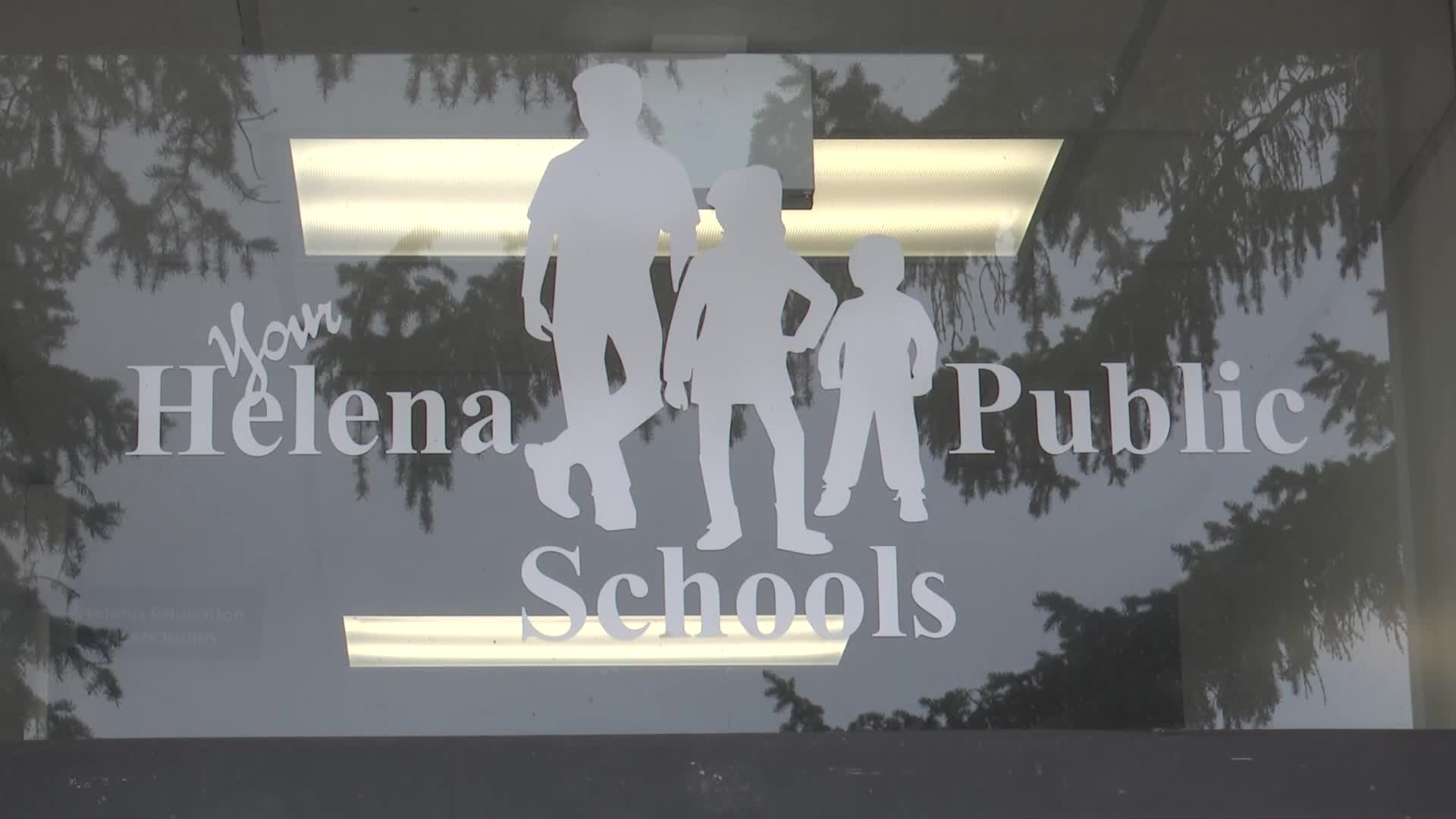HELENA — Getting and keeping talented teachers is an issue for schools across the state, but Helena Public Schools is trying to find solutions to that problem by increasing salaries for all employees.
HPS says all employees will see a two percent bump to their salaries to adjust for the cost of living.
(MTN speaks with the bargaining team and school board about the pay increases)
"Inflation has done five percent, seven percent, eight percent in the last few years. Our job is to try to combat that as best we can," said Adaman Clinch, a Capital High mathematics teacher and a member of the HPS bargaining team.
Clinch says the two percent increase in salaries within the district will only help to maintain the standard of living, and he does not see it as a raise.
Teachers are not the only staff group seeing a change in their salaries, with administrators and other staff also seeing a two percent increase.
“I feel that whatever one group gets, another group should get. That's because I believe it's the cost-of-living adjustment. We've all agreed that that's market competitive," noted Clinch.
One district school board member, Siobhan Hathhorn, says she has seen social media posts saying only the superintendent and administrators are seeing the two percent increase. A misconception she wants to clear up.
“That isn't true,” explained Hathhorn, “In fact, we feel like we're in a really good place right now where we can offer everyone a raise. Two percent is still not amazing. We've had some really significant budget issues and have had to take on some really difficult challenges this year."
The bargaining agreement for teachers will be held for two years until it is renegotiated. Hatthorn says she has only seen one-year agreements during her over five years on the board.
“Not that we don't love the negotiations, but that's a lot of work and it takes a lot of energy and can take some emotional draining off of the system," said Hathhorn.
House Bill 266 was signed by Governor Greg Gianforte in May. It allows for additional increases to address inflation and hurdles with the cost of living, if recommended by the Superintendent of Public Instruction or the governor. Previously, there was a limit of not exceeding the inflation reconciliation process by three percent.




